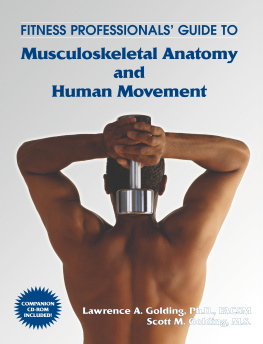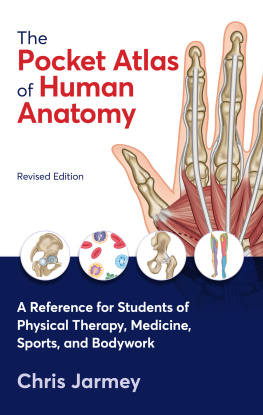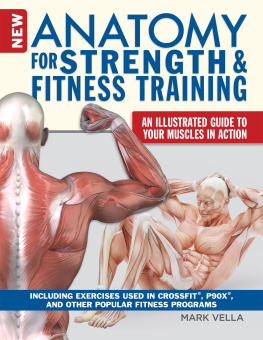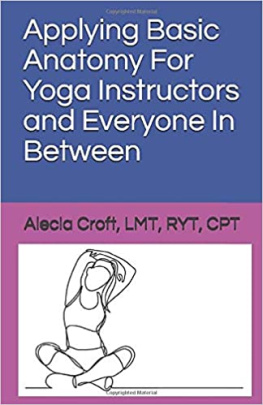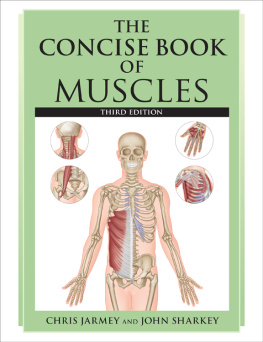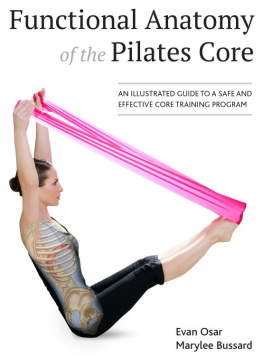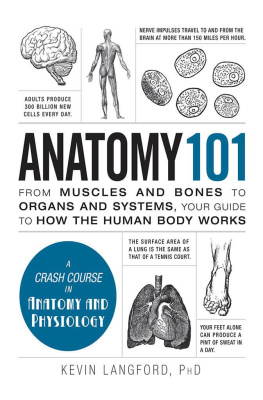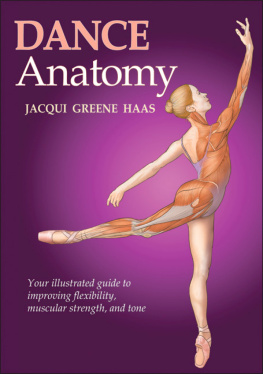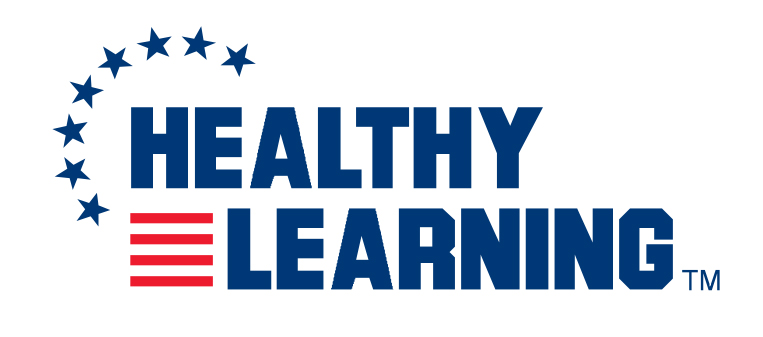Lawrence A. Golding - Fitness Professionals Guide to Musculoskeletal Anatomy and Human Movement
Here you can read online Lawrence A. Golding - Fitness Professionals Guide to Musculoskeletal Anatomy and Human Movement full text of the book (entire story) in english for free. Download pdf and epub, get meaning, cover and reviews about this ebook. year: 2003, publisher: Healthy Learning, genre: Romance novel. Description of the work, (preface) as well as reviews are available. Best literature library LitArk.com created for fans of good reading and offers a wide selection of genres:
Romance novel
Science fiction
Adventure
Detective
Science
History
Home and family
Prose
Art
Politics
Computer
Non-fiction
Religion
Business
Children
Humor
Choose a favorite category and find really read worthwhile books. Enjoy immersion in the world of imagination, feel the emotions of the characters or learn something new for yourself, make an fascinating discovery.
- Book:Fitness Professionals Guide to Musculoskeletal Anatomy and Human Movement
- Author:
- Publisher:Healthy Learning
- Genre:
- Year:2003
- Rating:4 / 5
- Favourites:Add to favourites
- Your mark:
Fitness Professionals Guide to Musculoskeletal Anatomy and Human Movement: summary, description and annotation
We offer to read an annotation, description, summary or preface (depends on what the author of the book "Fitness Professionals Guide to Musculoskeletal Anatomy and Human Movement" wrote himself). If you haven't found the necessary information about the book — write in the comments, we will try to find it.
But the free CD-ROM included with each copy of the book is what really makes this resource unique. Developed specifically as a companion to this text, the intuitive and easy-to-use PC CD-ROM applies each of the muscles and body actions described in the book to nearly 300 specific exercises. Each exercise is shown in full-motion video and demonstrated in repeatable, correct form, with complete descriptions, step-by-step instructions, and a list of the body actions used to perform each exercise. By double-clicking on any of the 65 body actions, youll get a list of each muscle used in that action. Double-click on any of the muscles in the list, and youll be presented with detailed information about that muscle, complete with a full-color image of the muscle that you can magnify and isolate from the surrounding muscles. It even gives you an audio clip of the correct pronunciation!
Another feature of the CD allows you to view over 100 movement related activities, from a field hockey backhand to gardening to rowing a canoe, with corresponding body actions and the same double-click to live action footage and musculoskeletal detail provided for the 300 exercises. The uses of this feature are virtually limitless and can be applied to everything from occupational therapy to ergonomic engineering.
The CD also features five four- to seven-minute video lectures by Dr. Golding on muscle basics, anatomy, soreness, and strength.
And the CD even allows you to print sixteen different skeleton illustrations for use in muscle placement exercises. It also contains 20 multiple-choice quizzes on various nomenclatures, actions and attachments; these can be taken electronically and scored instantly or printed for use in classroom exercises.
CD-ROM System Requirements: The supplemental CD-ROM is for PC based Windows platforms only. System requirements include Windows 95 to Windows XP. It will not work on Windows NT3.51 or Windows NT4 with service Pack 4 or less (though upgrading your NT system may be done easily with free downloads from Microsoft on their website). Other software requirements that generally come pre-loaded with Windows are: Microsoft Data Access Components (MDAC), Jet Database engine, QuickTime 4 video viewer application, and The Distributed Component Object Module (DCOM95). The program requires 235 MB of hard drive space, 64 MB or more of RAM, and a Pentium class processor of at least 133mhz
Lawrence A. Golding: author's other books
Who wrote Fitness Professionals Guide to Musculoskeletal Anatomy and Human Movement? Find out the surname, the name of the author of the book and a list of all author's works by series.

